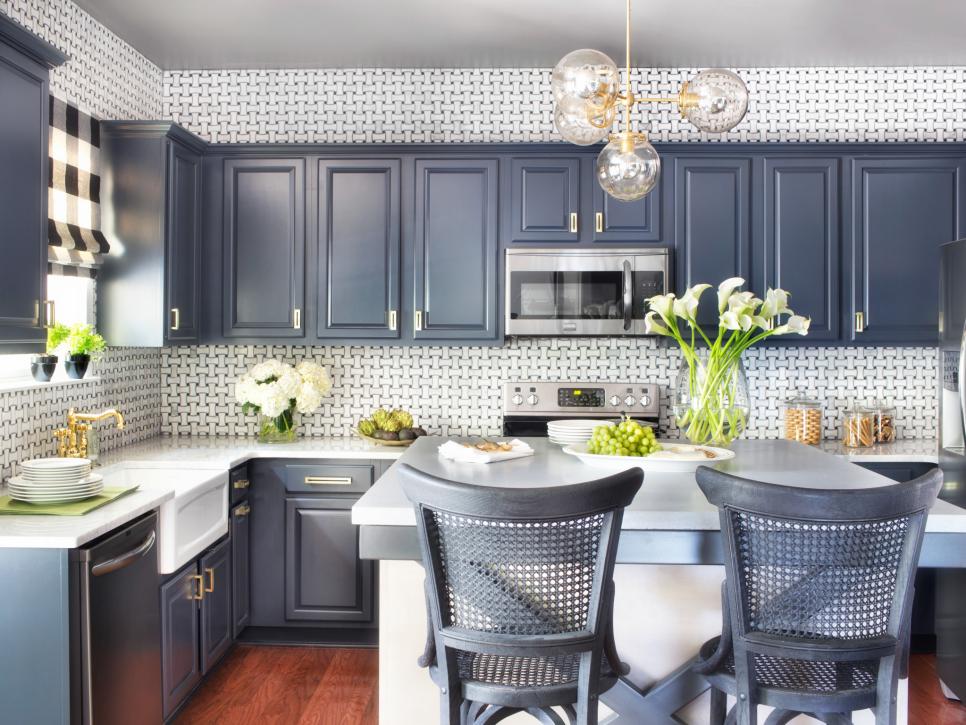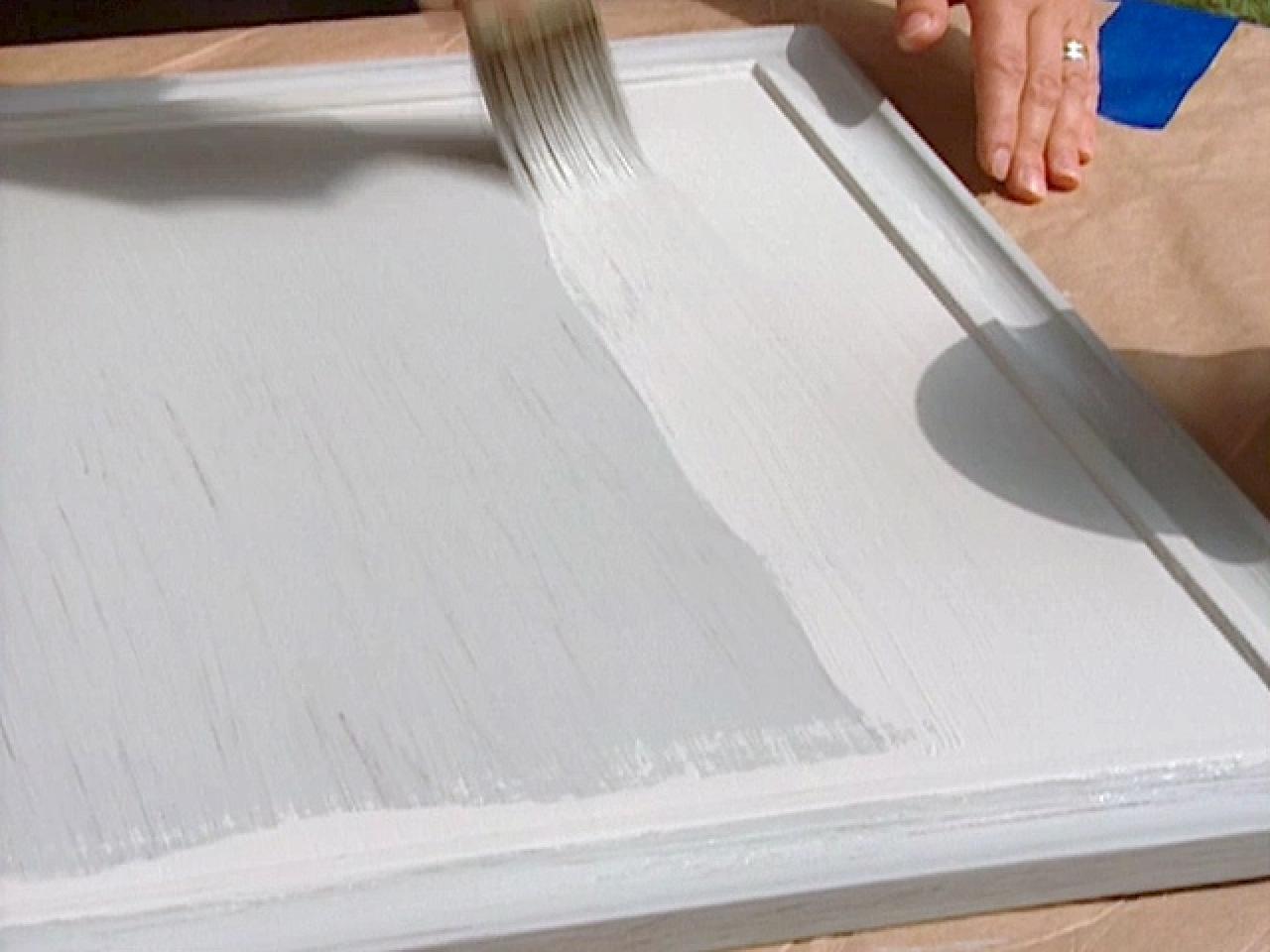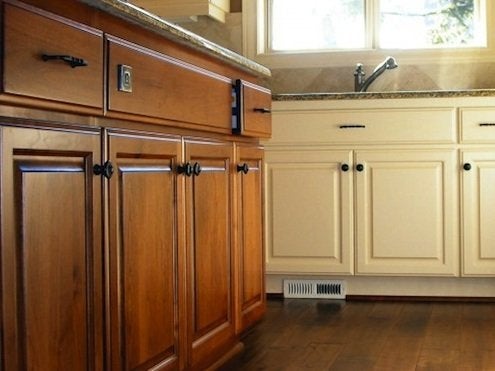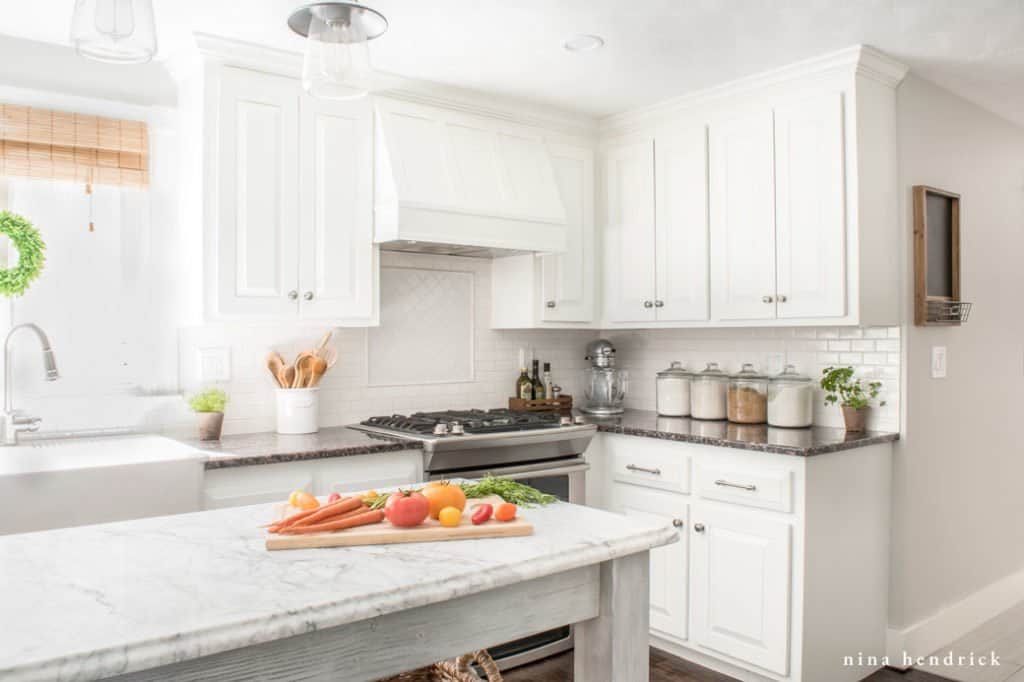The Main Principles Of How To Use Paint Stripper On Kitchen Cabinets - Residential Painting.Contractors - Best Cabinet Stripper
On the disadvantage, the procedure can create a great deal of moisture and fill wood. Heat removing is like a tango in between the hand holding the heating unit and the one with the scraper. Hover the device over the surface area. When the paint bubbles, gradually move the heating unit along and try to establish a rhythm so that you're scraping and warming in unison.
If you're going to utilize a chemical stripper, know that anything that consumes paint threatens and that doing the task without methylene chloride (see above) will be much safer however slower. These wood removing items consist of less toxic, less toxic active ingredients and get rid of both latex and oil paints. A paste with a frosting-like consistency that can be brushed, rolled, or sprayed on - Cabinet Painting Contractors 28269.
Benzyl alcohol One coat eliminates as much as 15 layers of paint. 3 to 24 hours Scrape off the paint, scrub off the residue with a damp nylon brush, and rinse with water. Cabinet Painting 28203. about $65 per gallon This paste works with a paper cover to control evaporation. Suitable for lead paint and masonry, however can stain furniture woods.
Indicators on The Best Paint For click Kitchen Cupboards - Residential Painting.Contractors You Need To Know


12 to 24 hours Peel off the paper and scrub the surface area with a wet brush; let dry thoroughly, then use a reducing the effects of option. about $45 per 1 gallons This wood stripper is an orange gel, best on furniture information and flat surfaces since it is thin. N-Methyl-2-pyrrolidone (NMP) A -inch coat removes approximately seven layers of paint.
about $20 per half gallon Years ago, if you needed a fast-acting chemical paint stripper, you picked an item that consisted of a seriously noxious chemical called methylene chloride (also called dichloromethane, or DCM), cranked up the fan, and finished the job quickly. Cabinet Painters 28277. Normally speaking, the quicker a chemical penetrates paint and surface, the more hazardous it is, and DCM is fastpaint starts to bubble in minutes.
Extended exposure to DCM, through the lungs or skin, has been connected to liver damage, cancer, and even death. The vapors can overwhelm air-purifying respirators, and simply a couple of whiffs can leave you wheezing and dizzy. Europe banned it for residential use in 2010. While DCM-containing paint strippers are still widely offered in the U.S., the Centers for Disease Control and Prevention has actually connected the component to 13 deaths in 10 states.
The Single Strategy To Use For How To Remove Paint From Wood - Residential Painting.Contractors - Cabinet Painting Tips


No paint-stripping undertaking is complete without an arsenal of scrapers to usher away softened paint. A 5-in-1 paint scraperalso understood as the "painter's tool" because the curved edge can be utilized to clean a paint rolleris the go-to tool for getting rid of most types of paint. Metal pull scrapers featured exchangeable blade profiles to match the surface you require to strip, using more control than push scrapers in difficult situations or on fine details.
After that, change or resharpen the blades. "Keep a hand file close by to quickly bring back the edge of a steel scraper," says TOH basic contractor Tom Silva. "Brace the scraper versus a flat surface area, try to follow the initial bevel, and always file in the very same direction." Carbide blades hold an edge much longer than steel, however resharpening needs a diamond stone and some skill.

When utilizing push scrapers, choose plastic over metal, to avoid gouging; this is particularly important with chemical strippers, which can soften wood. Almost 90 percent of homes built before 1940 have some paint packed with this hazardous metal. Although its use went into high decrease after 1950, lead-based paint wasn't banned in the U.S.
How To Strip Paint Off Kitchen Cabinets And Furniture - Questions
Here's how to detect it. Use an utility knife to make a V-shaped cut through all the layers of paint, then brush the groove with a LeadCheck swab. A bright red color suggests lead is present. Scrape a table-spoon of chips into a bag and send them to a laboratory for testing.
For a few hundred dollars, a certified lead inspector will conduct an X-ray fluorescence test to identify the amount of lead present in all the painted surfaces in your home. Lead is nasty. Direct exposure can raise your high blood pressure, tension your anxious system, and harm your memory, amongst other dangers. Cabinet Painting 28217.
If you wish to get rid of lead-based paint yourself, in addition to the dress and prep actions (next), follow these precautions: Usage only heat or chemicals to avoid kicking up lead-laced chips and dust If you need to sand, usage devices fitted with a shroud and a HEPA vacuum accessory. Wet-sand stripped surfaces to decrease dust.
Things about How To Paint Old Kitchen Cabinets - How-tos - Diy
Place particles in specialist bags; seal with duct tape. Find more helpful pointers at www2.epa.gov/ lead. Avoid canvas ground cloth in favor of 6-mil plastic sheeting, which won't trap fine grit or let chemicals leak through. Extend the sheeting a minimum of 6 feet beyond the work location and overlap and tape the edges.